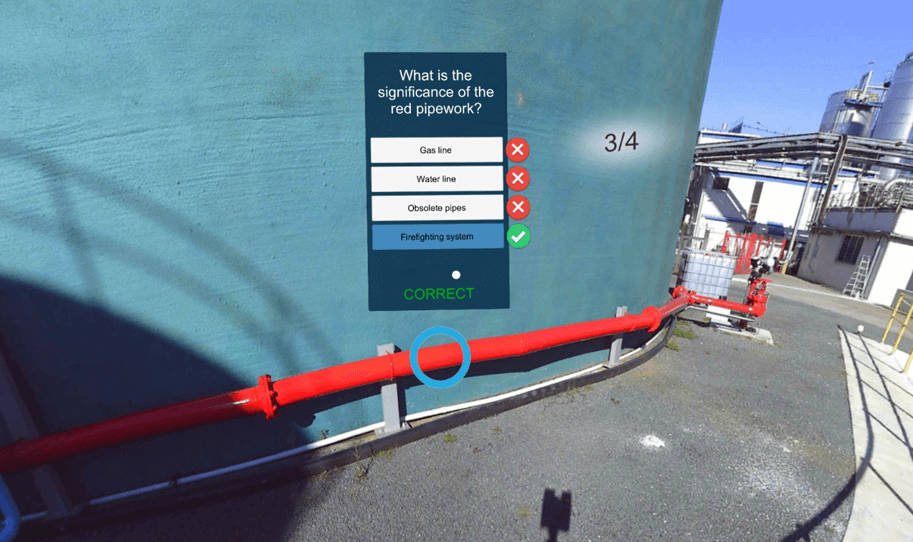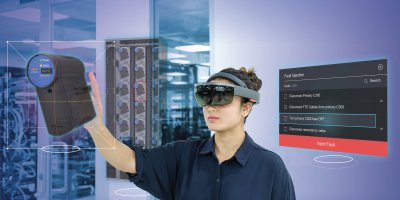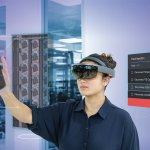
VR-based solutions are getting popular in several business functions | Source: Pexels
Dairy company launches VR-based health and safety program
FONTERRA and Beca have partnered to develop a virtual reality (VR) health and safety training program that lets employees navigate the co-operative’s manufacturing and distribution sites.
With this new VR solution, new employees can be trained without the need to set foot on site, which will help substantially reduce onboarding times.
Fonterra Director of Health and Safety, Resilience and Risk Greg Lazzaro said:
The opportunities for VR are significant. With this solution, we can replicate the physical environment of our sites, so staff can undertake virtual health and safety training in an extremely immersive and realistic way. That means our people can learn about and identify potential hazards more quickly than ever, encouraging more engaged employees and better workplace safety.
Following a successful pilot, the new VR technology will replace a significant portion of the hands-on health and safety training at Fonterra that is often costlier and less effective.

An example of what trainees see during their VR experience | Source: Media / Fonterra
Training can also be tailored to each of Fonterra’s sites and tested through the completion of modules.
“The reality capture for these training tours is done easily with a handheld camera and the VR simulation works via a smartphone using a simple cardboard headset,” reveals Andrew Cowie, Project Manager for Beca.
While using VR might seem like a novelty at first, it is ultimately a safer learning environment and enables a strong familiarization of sites.
Lazzaro believes that using VR will help staff experience hazards in a realistic simulated environment, enhancing learning experiences, without being put in harm’s way.
Fonterra’s adoption of VR isn’t a first, but it’s an indication of the growing trend of companies getting increasingly comfortable with the technology and experimenting with how it can help improve training and development efforts.
Just last year, KFC, UPS, and Walmart incorporated VR into the suite of technology they use to train employees.
Speaking of the use of VR to train driver at UPS, Jeanne Lawrence, UPS Integrad expansion director said: “This training is foundational, and Virtual Reality brings it to life. VR complements real-world training in a way that deeply engages our employees in the UPS Integrad curriculum.”
Walmart, on the other hand, uses the technology to help train new managers for rare situations like Black Friday and routine operations like handling the fresh area.
According to its press release, the company believes that VR allows associates to experience a lifelike store environment to experiment, learn and handle difficult situations without the need to recreate disruptive incidents or disturb the customers’ shopping experience.
It is expected that VR training programs will continue on its upward trajectory over the next few years. According to a forecast by ABI Research, the enterprise VR training market will generate US$216 million this yeat and grow to US$6.3 billion in 2022.
READ MORE
- The criticality of endpoint management in cybersecurity and operations
- Ethical AI: The renewed importance of safeguarding data and customer privacy in Generative AI applications
- How Japan balances AI-driven opportunities with cybersecurity needs
- Deploying SASE: Benchmarking your approach
- Insurance everywhere all at once: the digital transformation of the APAC insurance industry




